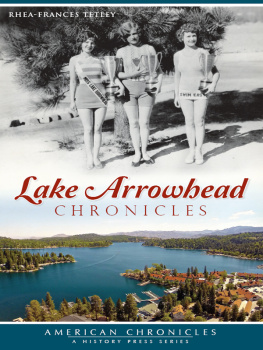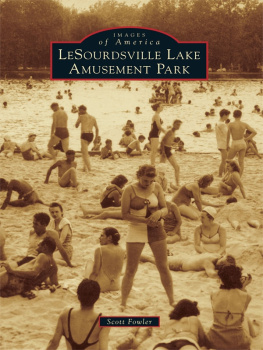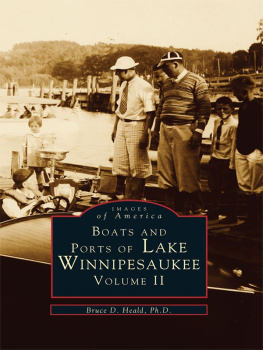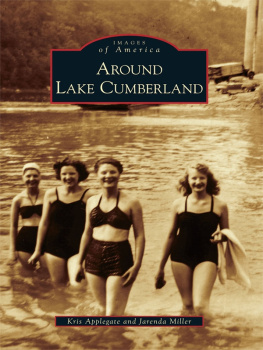

Published by The History Press
Charleston, SC 29403
www.historypress.net
Copyright 2014 by Rhea-Frances Tetley
All rights reserved
Front cover, top: Lake Arrowhead beauties in the 1920s. Photo by Tony Burke, courtesy of Dr. Don Adkins. Bottom: Lake Arrowhead in 2014. Mountain Magick Photography by Kelly Pajak.
First published 2014
e-book edition 2014
ISBN 978.1.62585.049.2
Library of Congress Control Number: 2014953183
print edition ISBN 978.1.62619.516.5
Notice: The information in this book is true and complete to the best of our knowledge. It is offered without guarantee on the part of the author or The History Press. The author and The History Press disclaim all liability in connection with the use of this book.
All rights reserved. No part of this book may be reproduced or transmitted in any form whatsoever without prior written permission from the publisher except in the case of brief quotations embodied in critical articles and reviews.
Contents
Foreword
Though born and raised in Whittier, California, Rhea-Frances Tetley, granddaughter and great-granddaughter of pioneer mountain-area subdividers and developers Frank A. Tetley Sr. and Frank A. Tetley Jr., spent many weekends and summers visiting her familys log cabin vacation home in Crestline. During these childhood visits, she explored the surrounding forest and lakes, falling in love with the mountains and vowing to reside there someday. Rhea-Francess childhood dream came true in July 1976, when we, recently married college sweethearts, decided to settle down in the family mountain cabin and raise a family of our own.
As a child, Rhea-Frances learned, firsthand, from her father, grandfather and great-aunt about the various mountain communities. This only whetted her appetite for history and led her to acquire a BA in history and a subsequent MA in education to share her passion for history with others. Rhea-Francess thirst for historical facts led to the creation of the Crest Forest Historical Society in 1986. In 1994, the Crest Forest group expanded its area of historical interest, becoming the Rim of the World Historical Society.
In addition to writing historical and general news articles for the Crestline Chronicle and The Alpenhorn News since 2001, as well as authoring three books on local history, over the years, Rhea-Frances has served as president and board member of both the Crest Forest and Rim of the World historical societies and as a docent for the Mountain History Museum in Lake Arrowhead. Oh, and in her spare time, Rhea-Frances teaches learning-handicapped middle school students in Redlands. And the rest, as they say, is history.

Lake Arrowhead Village today. Authors collection.
DOUGLAS W. MOTLEY
Senior Writer
The Alpenhorn News
Acknowledgements
I want to thank so many people for their assistance in the creation of this book. Without the support of the Crest Forest/Rim of the World Historical Society since its beginnings in 1986, these stories would not have been collected. Special thanks go to Tom Powell Jr., W. Lee Cozad, Mary Barlow, Dr. Don Adkins and numerous others for extra help, plus the sharing of their resources and pictures through the years. Without the expertise of historians Pauliena LaFuze, Stan Bellamy, J. Putnam Henck, Ralph Wagner, Russ Keller and numerous others, I would not have such detailed stories. I am grateful for their generous sharing.
Without the support and encouragement of my familyparents Ruth and Dick Tetley, proofreader/editor husband Douglas W. Motley and children David Motley and illustrator Sean MotleyI wouldnt have had time to complete this. Thank you to publisher Dennis Labadie and Rose Wiegand of The Alpenhorn News for supporting my weekly history column, Those Were the Days, from which this book is derived.
Thank you friends and co-workers, especially Kay Roberts, for tolerating my connections of all situations to our local history. You are very special.
Introduction
This book is composed of columns written about the history of Lake Arrowhead and the surrounding San Bernardino Mountains. These columns, under the umbrella title Those Were the Days, appeared in The Alpenhorn News.
Collectively, they tell the story of the development of Lake Arrowhead as a community and a resort and detail many issues that local residents faced and overcame.
The Native American Era
THE ARROWHEAD
How did the name Arrowhead become connected with the San Bernardino mountaintop area? The lake isnt shaped like an arrowhead, so why was the Arrowhead name chosen?
Lake Arrowhead is named after a large scar on the southern slope of the San Bernardino Mountains next to Waterman Canyon and above a series of hot springs adjacent to the San Andreas Fault. This small area of land has been carefully documented and frequently written about, although nothing important ever actually happened on that steep hillside. But its unusual shape and location above hot springs have attracted attention since early Native American days.
The Arrowhead is visible for thirty miles across the valley. It looks somewhat triangular, with the point down toward the natural hot springs below it. It is a quarter of a mile long (1,375 feet) and a furlong wide (449 feet), covering seven and a half acres.
The mark is an outcropping of white quartz with light gray granite soil, so only white sage and other light gray-green vegetation grows on it. This contrasts with the darker earth and thick black-green chaparral that naturally surrounds it.
The Arrowheads origins are unclear. The scar may have been formed by a gigantic, localized cloudburst that fell, causing a slippage of topsoil. Or perhaps the contrasted area was the bottom of a waterfall, as other geologists have theorized.

The Arrowhead Landmark on the mountains southern face originated these Native American legends and inspired the name of Lake Arrowhead. Illustration by Sean Motley.
When creating an upscale image for the area, the Arrowhead Lake Company chose a name that would have immediate name recognition: Lake Arrowhead.
NATIVE AMERICAN LEGENDS OF THE ARROWHEAD
Native Americans have always known the Great Spirit created the seven-and-a-half-acre Arrowhead scar on the mountainside. Each tribe had its own story explaining the reason for its creation and the lesson it taught. Here are two of the stories.
Guachina Tribe Legend
Many years ago, the San Bernardino Valley Indians called the area Guachina, meaning Place of Plenty, referring to the fertility of the soil and the abundance of water. They called themselves Guachina and became arrogant toward others because of this abundance.
The Great Spirit became displeased with their arrogance, sending a fierce Heat Spirit, which caused a drought and blighted their fields. The earth became parched, and all green vegetation shriveled; still, the blasting heat continued. Their herds died from the lack of food and water. They prayed for relief, making peace offerings to the gods, but the heat and famine continued. Finally, bowing in prayer, they offered any sacrifice for the end of their suffering and promised to be forever humble.
Next page











